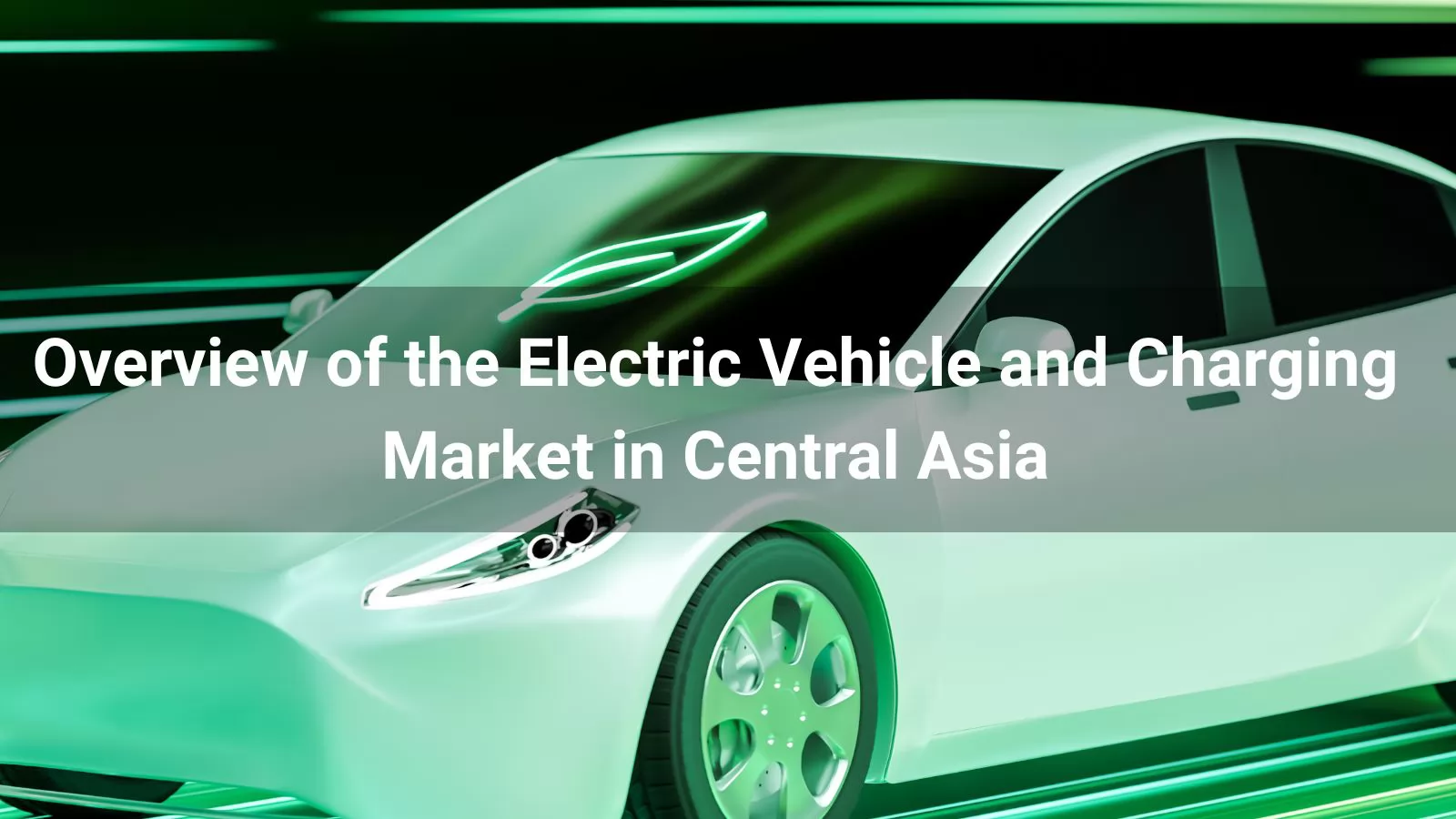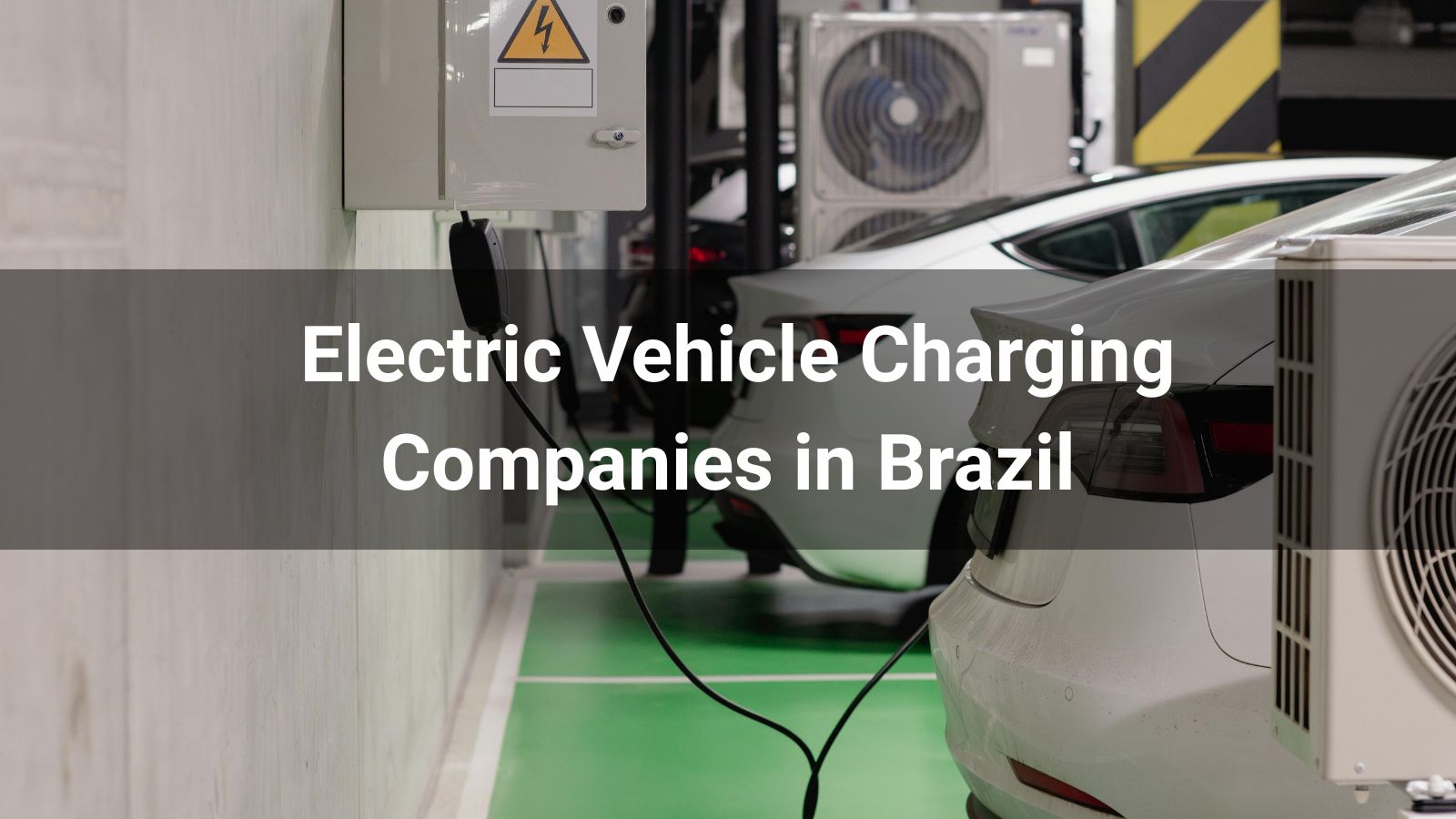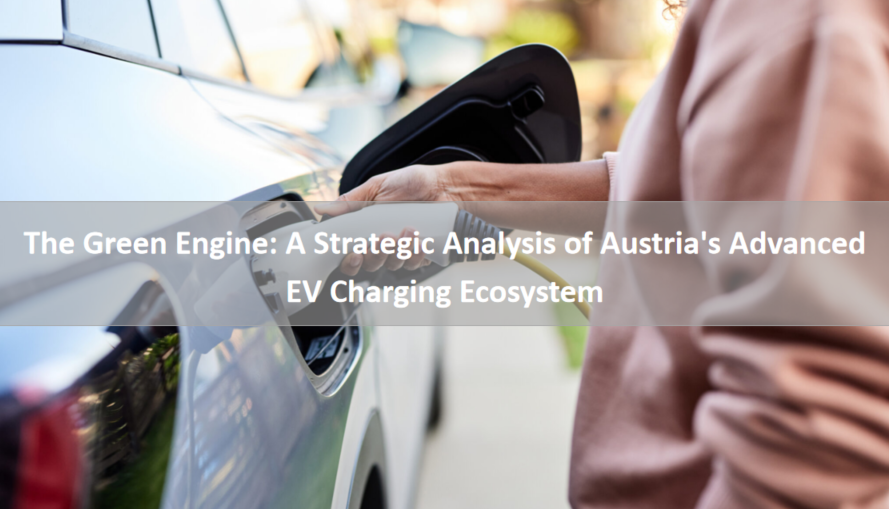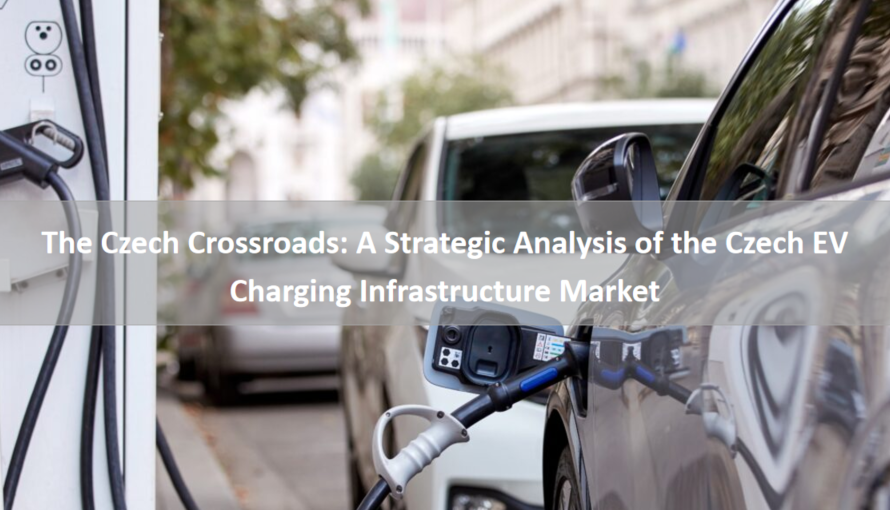
The Central Asian region is gradually emerging as an interesting area in the global electric vehicle (EV) landscape. With the increasing awareness of environmental protection and sustainable development, the electric vehicle and charging market in Central Asia is experiencing a series of transformations and developments.
This article aims to provide a comprehensive overview of the current situation, infrastructure, policy environment, market challenges and opportunities, as well as industry associations in the electric vehicle and charging market of Central Asia.
I. The Current Situation of the Electric Vehicle Market in Central Asia
1. Electric vehicle market share
-
Overall scale: As of 2023, the number of electric vehicles in the five Central Asian countries (Kazakhstan, Uzbekistan, Kyrgyzstan, Tajikistan, Turkmenistan) is about 5,000 - 7,000 vehicles, and the penetration rate is less than 0.1% (far lower than the global average of 9%).
-
Kazakhstan: The largest electric vehicle market in Central Asia. As of 2023, the number of electric vehicles is about 3,000 - 4,000, accounting for about 0.1% of the total number of cars in the country. Sales in 2022 increased by about 50% year-on-year, but still mainly imported second-hand electric vehicles (such as Nissan Leaf and Tesla). The number of new registrations in 2022 increased by 120% year-on-year (data source: Kazakhstan Automobile Industry Association).
-
Uzbekistan: Has about 1,200 - 1,500 vehicles, and the government plans to have 10% electric vehicles by 2030, mainly Chinese brands (such as BYD and Chery) and Russian brands (such as Lada). (Source: Uzbekistan Ministry of Energy). Taking Uzbekistan as an example, the country's car ownership leads Central Asia, with 5.40 million vehicles as of 2019, providing huge potential for the development of the electric car market. In Kazakhstan, according to eDrive.kz report, the government plans to increase the number of electric vehicles to 6,300 by 2030.
-
The other three countries: Kyrgyzstan (about 300 vehicles), Tajikistan (about 200 vehicles), and Turkmenistan (less than 100 vehicles) due to limited economic levels and inadequate infrastructure. (Data source: Eurasianet industry research)
2. Major brands and market share
-
Import dominance: Chinese brands account for more than 70%, followed by Russia and European brands.
-
Chinese brands: BYD, Chery, Geely as the main force, covering the low-end market; NIO through local dealers to test the high-end market.
-
European brands: Tesla entered Kazakhstan through parallel imports at high prices (Model 3 costs about $70,000).
-
Local assembly: Uzbekistan and BYD plan to start local production in 2025; Kazakhstan plans to introduce the Russian brand Lada electric car.
II. Analysis of Charging Infrastructure
3. Market ownership of EV charger
-
Total: Public EV chargers in Central Asia are about 800 - 1,000 units, of which:
-
DC fast charger (DC): Accounting for about 20% (160 - 200 units), mainly distributed in Kazakhstan (Astana, Almaty) and Uzbekistan (Tashkent).
-
AC charger (AC): 80% (640 - 800 units), concentrated in commercial centers and hotels. (Source: ADB Central Asia Clean Transportation Development Report)
4. Distribution of EV chargers
-
Kazakhstan: About 500 public EV chargers (including 80 DC), covering Almaty (50%), Astana (30%) and major highways, concentrated in major cities such as Almaty and Nur-Sudan, mainly slow chargers.
-
Uzbekistan: About 300 units (including 50 DC units), Tashkent accounts for 70%, followed by Samarkand, some of which are built by Chinese enterprises.
-
Other countries: Kyrgyzstan (about 30 units), Tajikistan (about 20 units), Turkmenistan have no public charging network. (Source: PlugShare Global Charging Map)
5. Main operators and technical standards
-
Operator:
-
KEGOC (Kazakhstan State Grid): Leading the construction of the domestic charging network, planning to deploy 1,000 EV chargers by 2030.
-
UzAuto (Uzbekistan): Cooperate with BYD to build charging stations.
-
Multinational companies: Shell and TELD enter the Kazakh market.
III. Policy Environment
6. National strategies
-
Kazakhstan:
-
"2025 Green Economy Plan": Electric vehicle Import Tariff exemption (traditional fuel vehicle tariff 15 - 30%), car purchase subsidies up to 5 million tenge (about 11,000 dollars).
-
Goal: By 2030, the proportion of electric vehicles will reach 15%. (Source: Ministry of Ecology of Kazakhstan)
-
Uzbekistan:
-
"2030 Electric Transport Strategy": Invest $300 million to build a charging network and provide a 50% electricity price subsidy for locally produced electric vehicles.
-
Plan: Build 200 new charging stations by 2025. (Source: Uzbekistan President's Decree No. PF - 125)
-
The other three countries: Policy lag, Kyrgyzstan announced a pilot tax exemption for electric vehicles in 2023, Tajikistan and Turkmenistan have no clear plan.
7. Infrastructure incentives
-
Electricity price discount: Kazakhstan offers a discount on night-time electricity prices for EV charger operators (0.03/kWh,0.05 during the day).
-
Land support: Uzbekistan allows charging stations to be built free of charge on state-owned land.
IV. Market Challenges and Opportunities
8. Challenge
-
Grid constraints: Unstable power supply and sparse charging network in rural areas of Tajikistan and Kyrgyzstan
-
The price threshold is high: New cars rely on imports, and the average price of second-hand electric vehicles is about 15,000 - 30,000 US dollars, higher than that of fuel vehicles.
-
Consumer awareness: The Central Asian market has doubts about the range and low temperature performance (-30 ℃ in winter) of electric vehicles.
-
Import dependence: Batteries, motors and other core components are 100% dependent on imports.
9. Opportunities
-
China-Europe transportation hub: Kazakhstan's status as a "Belt and Road Initiative" node promotes the construction of cross-border charging corridors.
-
Cost advantage: China's used electric vehicles (such as BYD e5) enter the low-end market at a price of $5,000 - 8,000
V. Some Industry Association Information
Central Asian Association for Renewable Energy (CAREC)
-
Background of establishment: Supported by the Asian Development Bank (ADB), covering Central Asian countries such as Kazakhstan and Uzbekistan.
-
Function: Promote the application of Renewable Energy technology (including photovoltaic charging stations for electric vehicles), organize regional forums.
-
Representative project: Assist Kazakhstan in formulating the "2030 Renewable Energy Roadmap", including EV chargers grid access standards.
Eurasian Economic Union (EAEU) Electric Vehicle Working Group
-
Members: EAEU member states such as Kazakhstan and Kyrgyzstan.
-
Goal: Harmonize technical standards for electric vehicles in member countries (such as unifying charging interfaces), but progress is slow.
Kazakhstan Renewable Energy Association (KazREA)
-
Establishment time: 2018
-
Core functions: Promote the coordinated development of photovoltaic/wind power generation and electric vehicles, members include KEGOC (State Grid), China TBEA, etc., can directly participate in the formulation of national standards.
-
Recent developments: In 2023, the White Paper on Electric Vehicle Charging Infrastructure will be released, proposing a fast charging station construction plan linked to the power grid.
Kazakhstan Automobile Industry Association (KazAuto)
-
Focus areas: Local electric vehicle production (such as assembly plants in cooperation with BYD), charging equipment localization certification (GOST - K).
-
Enterprise cooperation: Cooperate with Russia NAMI Research Institute to develop EV chargers technology suitable for extremely cold climate.
-
The Kazakhstan Automotive Industry Association (KazAvtoProm) is the main automotive industry organization in the country, dedicated to promoting the development of the automotive industry in Kazakhstan. The official website of the association is https://kazautoprom.kzAccording to KazAvtoProm's data, in order to promote the development of electric transportation, Kazakhstan needs to establish at least 40,000 EV chargers or 8,000 charging stations nationwide, with 5 EV chargers per station. In addition, Kazakhstan is committed to promoting the localization of automotive parts. Currently, 10 automotive parts production projects are being implemented, some of which have been put into operation. These projects aim to reduce dependence on imported parts, reduce production costs, enhance industrial chain stability, and create more job opportunities. Overall, KazAvtoProm plays a key role in promoting the development of Kazakhstan's automotive industry and promoting electric transportation infrastructure building.
Uzbekistan Electric Vehicle Development Alliance
-
Background of establishment: Government-led, members include UzAuto Motors (local car companies), China's BYD, South Korea's LG New Energy.
-
Function: Formulate the layout plan of EV chargers (focusing on the Tashkent-Samarkand highway), and promote mutual recognition of technical standards between China and Ukraine.
Uzbekistan Green Energy Association
-
Features: Integrating new energy generation and electric vehicle charging needs, advocating the "light storage and charging integration" model.
-
Policy impact: Promote the 2025 EV charger subsidy policy (covering 30% of equipment procurement costs).
China-Central Asia New Energy Cooperation Alliance
-
Initiator: China Chamber of Commerce for Import and Export of Mechanical and Electrical Products (CCCME) and the Chamber of Commerce of Central Asian countries.
-
Function: Provide Central Asia Market Access consulting for Chinese EV charger companies (such as StarCharge and Huawei Digital Energy).
-
Case: Assisted TGOOD in building the first 150kW liquid-cooled supercharging station in Almaty.
Global Electric Vehicle Initiative (GEVI) Central Asia Branch
-
Activities: Promote international charging standards (such as CCS/GB-T compatibility scheme), organize technical training.
-
Participants: National Transport Centre of Kazakhstan, Institute of Standardization of Uzbekistan.
Data sources
-
Kazakhstan Automobile Industry Association (2022 electric vehicle registration data)
-
Asian Development Bank (ADB) : Central Asia Clean Energy and Transport Report (2023)
-
PlugShare : Global Charging Station Map (Updated in 2023)
-
Ministry of Energy of Uzbekistan : 2030 electric mobility strategy document
-
Eurasianet : Central Asia electric vehicle market survey (April 2023)
Note: Some data are estimated due to differences in statistical caliber, and it is recommended to further verify it with field research.
In conclusion, the electric vehicle and charging market in Central Asia shows both challenges and great opportunities. Despite existing problems such as grid constraints, high prices, and consumer awareness issues, there are favorable conditions like policy support, cost advantages, and strategic geographical locations. With continuous efforts in technology improvement, infrastructure construction, and market cultivation, the electric vehicle and charging market in Central Asia is expected to develop further, contributing to the region's sustainable transportation and energy transition.








